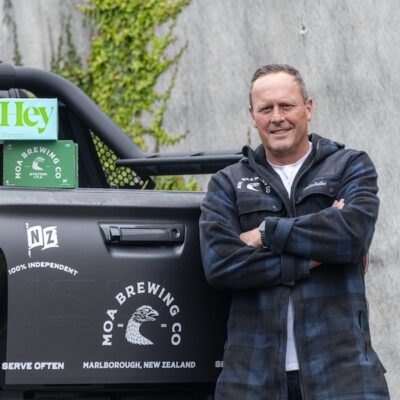Going on the offensive
The battle against crime demands increasingly sophisticated security and surveillance devices. Kevin Kevany looks at the latest tactics and technologies for locking down business premises and stock.
|
The battle against crime demands increasingly sophisticated security and surveillance devices. Kevin Kevany looks at the latest tactics and technologies for locking down business premises and stock. Innovative products In our last security feature, about a year ago, we highlighted two emerging companies we thought had innovative products, but also the structure and savvy factor to be winners. SelectaDNA and Mi5 haven’t disappointed. And, of course, our first global player in the security business, Gallaghers, just keeps on racking up contracts and awards too. Coolest security SelectaDNA has been no slouch in the period either. Ten days before our catch-up session, the New York Times featured the Kiwi company, and days later they were on the home page of the doyen of social gossip, Perez Hilton’s website; being described as “the coolest security system EVER”. An indication, if ever it was needed, that security is top-of-mind for so many individuals today. |
The three Randwick Park schools in high-crime Manurewa haven’t had a burglary in more than a year since the project launched. Perimeter security Which brings us to Gallagher Security Management Systems, with more than 70 years of experience in researching and developing arguably the world’s leading electric fence systems. |






